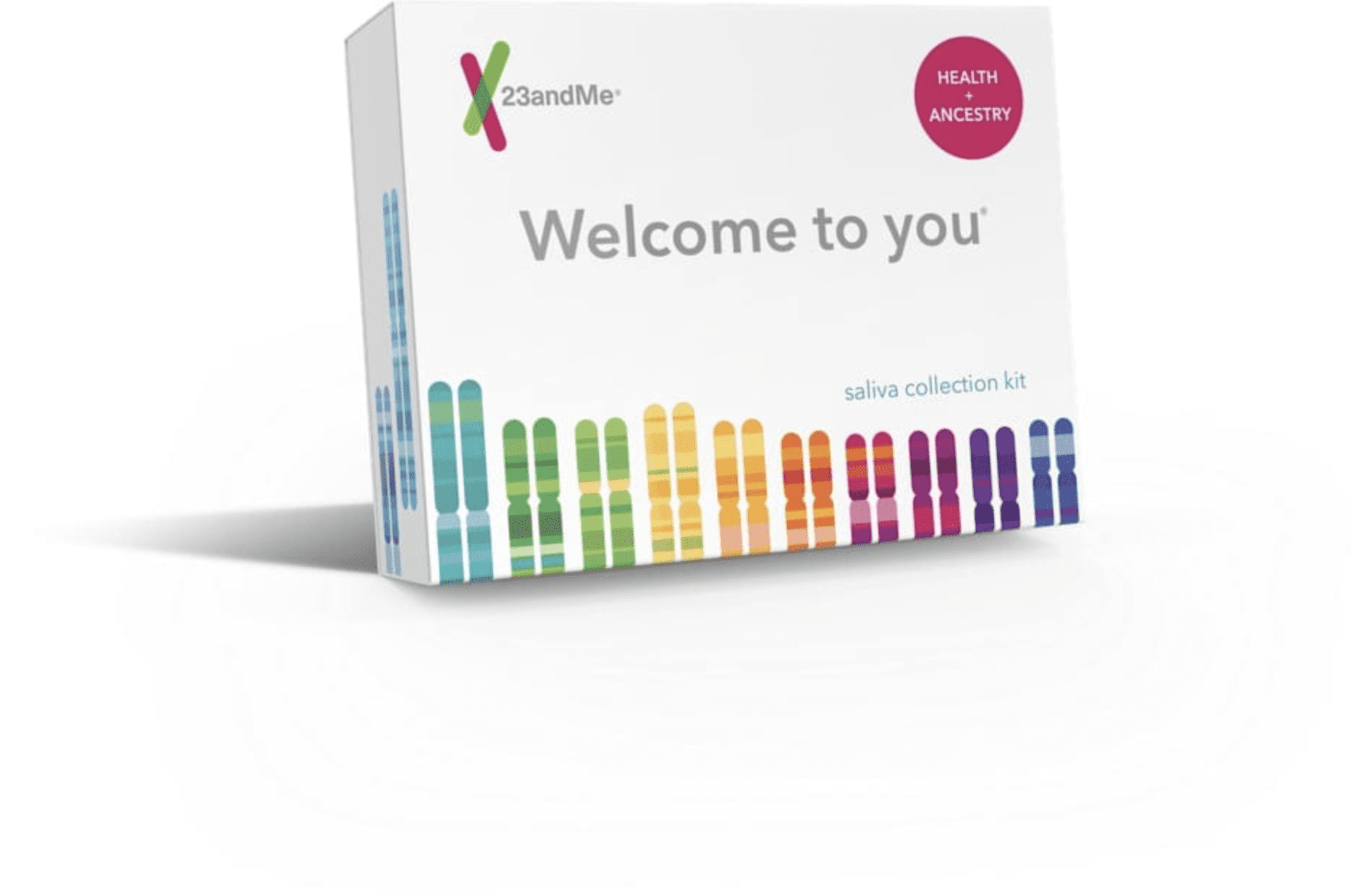Let's talk aboutSickle Cell Anemia & Genetics
What is sickle cell anemia?
Sickle cell anemia is a genetic disorder characterized by anemia, episodes of pain, and frequent infections. A person must have two copies of the HbS variant in the HBB gene in order to have this condition. People with just one copy of the HbS variant are called carriers (also known as having sickle cell trait). They’re not expected to have the condition themselves, but they could pass their variant on to their future children.
Causes of sickle cell anemia
Sickle cell anemia is caused by the HbS variant in the HBB gene. The HBB gene contains instructions for making a protein called beta-globin. This protein is part of a larger protein called hemoglobin that is found in red blood cells. Hemoglobin transports oxygen from the lungs to all other cells of the body. Certain variants in HBB alter the structure of hemoglobin, which can prevent it from transporting oxygen effectively.

When symptoms develop
Symptoms of sickle cell anemia typically develop by early childhood.
Typical signs and symptoms
- Anemia
- Fatigue
- Episodes of pain
- Frequent infections
- Stroke
- Injury to multiple organs
Ethnicities most affected
Sickle cell anemia can affect people around the world. It is most common in people of African descent. About 1 in 13 African Americans has the HbS variant. This variant is also found in people of Middle Eastern and South Asian descent, as well as people from the Caribbean, the Mediterranean, and parts of Central and South America.
Explore more
23andMe can tell you whether you may be a carrier for sickle cell anemia. Being a carrier means you have a genetic variant that you could pass down to your future children.
23andMe tests for the HbS variant in the HBB gene, which is linked to sickle cell anemia. The Sickle Cell Anemia Carrier Status report* is most relevant for people of African descent and is also relevant for people of Middle Eastern and South Asian descent, as well as people from the Caribbean, the Mediterranean, and parts of Central and South America. The report is available through the 23andMe Health + Ancestry Service.

Health + Ancestry Service
*The 23andMe PGS test uses qualitative genotyping to detect select clinically relevant variants in the genomic DNA of adults for the purpose of reporting carrier status and reporting and interpreting genetic health risks. The relevance of each report may vary based on ethnicity. Our carrier status reports can be used to determine carrier status, but cannot determine if you have two copies of any genetic variant. These carrier reports are not intended to tell you anything about your risk for developing a disease in the future or anything about the health of your fetus, or your newborn child’s risk of developing a particular disease later in life. For certain conditions, we provide a single report that includes information on both carrier status and genetic health risk. The Sickle Cell Anemia Carrier Status report is indicated for the detection of the HbS variant in the HBB gene. The report can tell you if you have two copies of the tested variant, and if you are at risk of developing symptoms of sickle cell anemia, but does not describe your overall risk of developing symptoms. The test is most relevant for people of African descent. It is also relevant for people of Middle Eastern and South Asian descent, as well as people from the Caribbean, the Mediterranean, and parts of Central and South America.
References
Bender MA et al. (2003). “Sickle Cell Disease.” [Accessed Oct 11, 2022].
MedlinePlus. “Sickle cell disease.” Retrieved Oct 11, 2022, from https://medlineplus.gov/genetics/condition/sickle-cell-disease/.